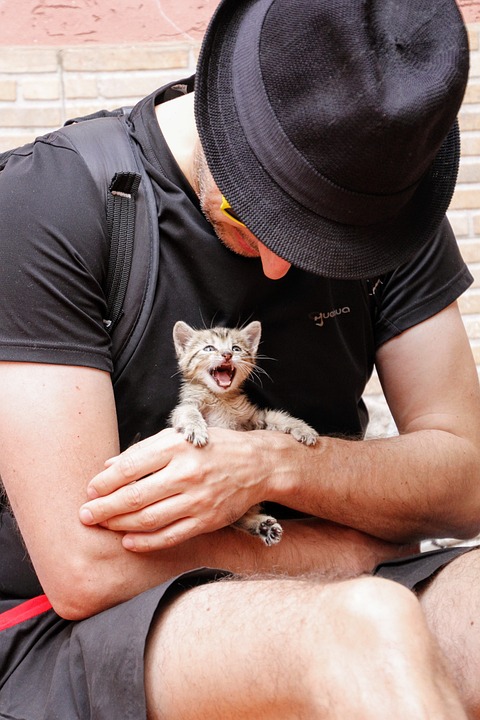Cats are known for their innate scratching behavior, which helps them keep their claws healthy and mark their territory. However, when this behavior is directed towards inappropriate surfaces like furniture or carpets, it can become a nuisance for cat owners. In this article, we will explore effective techniques to discourage cats from scratching on inappropriate surfaces while promoting positive scratching behavior. Additionally, we will address some frequently asked questions regarding cat scratching.
Understanding Cat Scratching Behavior
Before we dive into solutions, it’s important to understand why cats scratch in the first place. Scratching is a natural feline behavior rooted in several instinctual and practical purposes:
1. Territory Marking: Scratching allows cats to leave visible and olfactory marks, leaving their scent and visible claw marks to establish their territory.
2. Nail Maintenance: Regular scratching helps cats shed the outer layer of their claws, keeping them healthy, sharp, and manageable.
3. Stretching and Exercise: Scratching helps cats stretch their muscles and exercise, promoting overall physical wellbeing.
Promoting Positive Scratching Behavior
To prevent cats from scratching on inappropriate surfaces, it’s crucial to redirect their behavior towards more suitable alternatives. Follow these steps to encourage positive scratching habits:
1. Provide Appropriate Scratching Surfaces: Invest in multiple scratching posts or boards made of materials such as sisal rope, corrugated cardboard, or carpet. Place them strategically in areas where your cat spends most of its time.
2. Make the Scratching Area Attractive: Rub some catnip or spray a cat-friendly pheromone on the scratching surfaces to entice your cat. Cats are naturally attracted to these scents and are more likely to use the designated scratching area.
3. Reward and Positive Reinforcement: Whenever you observe your cat using the appropriate scratching surfaces, shower them with praise, treats, or gentle petting. Positive reinforcement encourages cats to repeat the desired behavior.
4. Discourage Inappropriate Surfaces: Temporarily cover the inappropriate surfaces with double-sided tape, aluminum foil, or plastic sheets. Cats dislike the sticky or crinkly texture, which will deter them from scratching there.
FAQs about Cat Scratching Behavior
1. Why does my cat ignore the scratching post I bought?
Cats are particular about their scratching preferences. Experiment with different scratching materials, sizes, and orientations to find the one that best suits your cat’s preferences. Additionally, ensure the scratching post is stable and securely anchored to prevent any wobbling or tipping.
2. Can I trim my cat’s claws to prevent scratching damage?
Trimming your cat’s claws regularly can help reduce scratching damage. Use specialized cat nail clippers and consult a veterinarian or a professional groomer for guidance on how to trim them safely.
3. Are there any alternatives to scratching posts?
Yes, there are alternatives like cat trees, cardboard scratchers, and horizontal scratching pads. Offering a variety of options can help cater to your cat’s individual preferences.
4. My cat still scratches despite my efforts. What should I do?
If your cat continues to scratch inappropriate surfaces despite your best efforts, consult with a veterinarian or a certified animal behaviorist. They can provide further guidance, identify any underlying issues, and suggest behavior modification techniques.
Remember, patience and consistency are key when dealing with cat scratching behavior. By providing suitable alternatives and discouraging inappropriate surfaces, you can help your feline friend develop healthy scratching habits and maintain a harmonious home environment.








